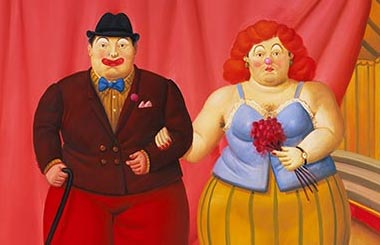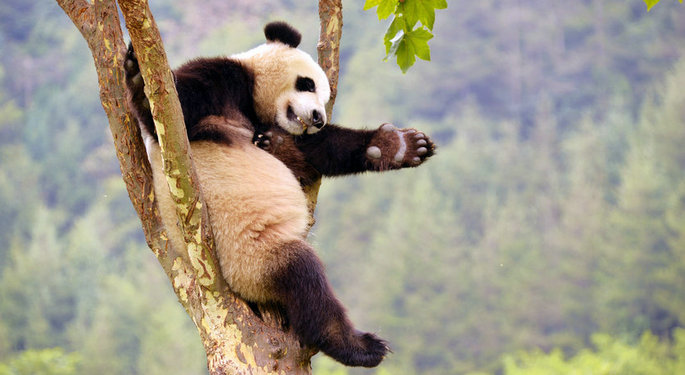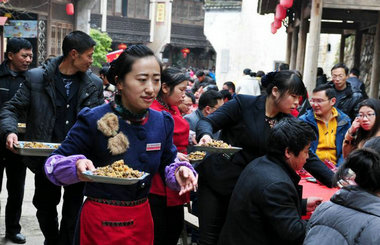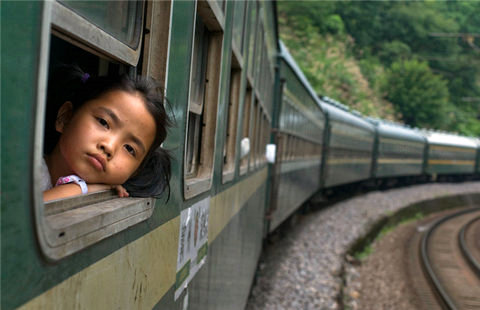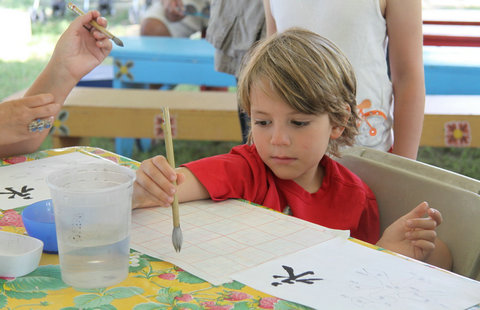Saving a Tibetan Tradition
By Chen Nan ( China Daily ) Updated: 2015-12-18 08:11:03
 |
|
Trinley's home in Lhozhag county, Shannan prefecture[Photo provided to China Daily] |
According to Tenzin, Trinley's parents were Lamamani performers. In an interview with Tibet Daily last year, Trinley said that he learned the art form from childhood and he toured with his mother, performing Lamamani from the time he was 7. At 10, Trinley became a monk and studied Buddhism at a temple in his hometown. This helped him further his research and improve performance of Lamamani.
"I toured with my parents to perform Lamamani during the Shoton Festival (a traditional religious occasion, also known as the Yogurt Banquet Festival). We performed at many places during the weeklong celebration and then traveled back to our village," says Trinley.
"The performers, who were greatly respected, carried on the mission of spreading Tibetan culture."
The stories performed by Trinley are folktales portrayed on Thangka paintings, such as the one of Padma Obar, a half-man half-god figure, who takes the throne with his super powers; and Princess Wencheng, a princess of the Tang Dynasty (618-907), who traveled thousands of miles to marry Tibetan King Songtsan Gompo.
Trinley says Lamamani is similar to Ache Lhamo, or Tibetan folk opera, which dates back to the 14th century and is a combination of dancing, chanting and singing around Buddhist stories and Tibetan folklore.
But the history of Lamamani is longer than Ache Lhamo. Tenzin says that as Lamamani has few "inheritors" this is something that concerns Trinley very much.
"As performers have to make a living by touring and it usually takes years to master the techniques, few people, especially the younger generation, are willing to make such commitment," says Tenzin.
To keep the art alive, the center picked up four actors, two women and two men, aged between 20 and 50, from Lhasa Niangre Folk Art Troupe, to study with Trinley from May this year.
Migmar, the director of the Lhasa Niangre Folk Art Troupe, says: "The four actors are the best in our troupe and they have solid performance techniques.
"They mainly perform Ache Lhamo and other traditional Tibetan arts like singing and dancing for nomadic families in Tibet."
The troupe, which has about 50 actors now, was first founded in the 1960s.
"As of now, the four students have gained some basic knowledge about Lamamani. The training will be a long process since the art is an oral culture and very ancient. We hope more people will join in, and it would be great if our effort could rekindle the interest of the younger generation," says Migmar.
|
|
|
|
|
|
|
|


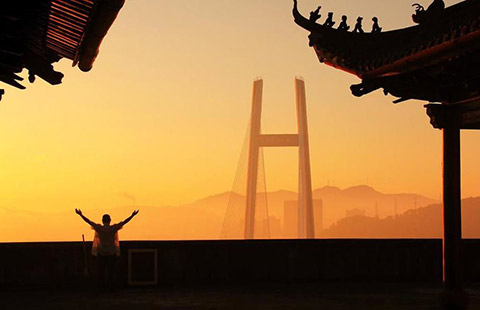

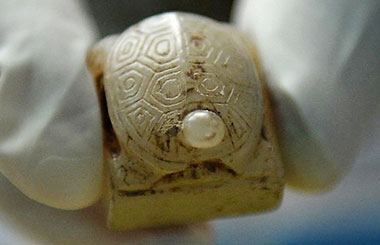
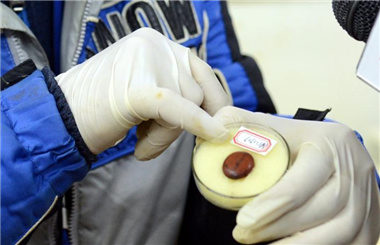
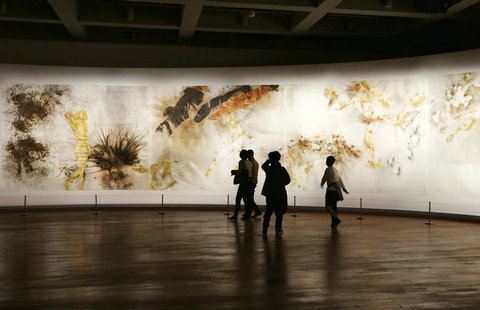

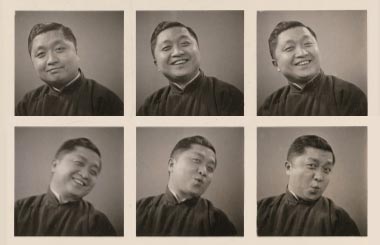

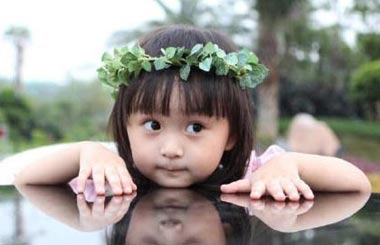

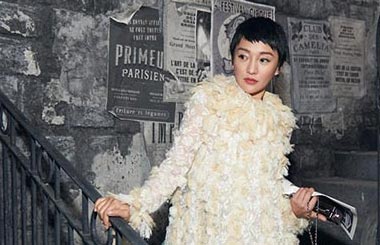
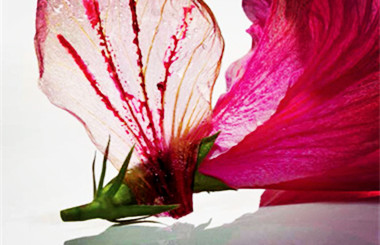



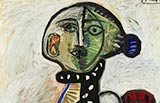



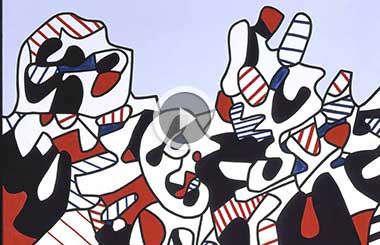
 Raymond Zhou:
Raymond Zhou: Pauline D Loh:
Pauline D Loh: Hot Pot
Hot Pot Eco China
Eco China China Dream
China Dream China Face
China Face
